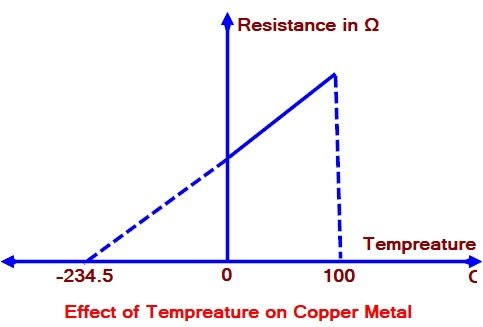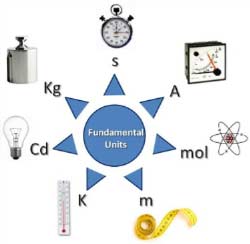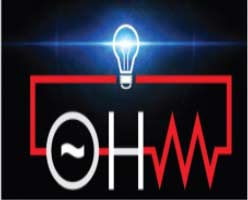AC Network Theorem MCQ
1. In an AC circuit, resistance 50 Ω, inductance 0.3 H, and capacitance 15 μF is connected to an AC voltage source 25 V, 50 Hz. Determine the inductive reactance in the circuit.
A. 36 ohm
B. 95 ohm
C. 125 ohm
D. 140 ohm
2. In an AC circuit, resistance 50 Ω, inductance 0.3 H, and capacitance 15 μF are connected to an AC voltage source 25 V, 50 Hz. Determine the capacitive reactance in the circuit.
A. 316 ohm
B. 195 ohm
C. 124 ohm
D. 212 ohm
3. In an AC circuit, resistance 50 Ω, inductance 0.3 H and capacitance 15 μF is connected to an AC voltage source 25 V, 50 Hz. Determine the impedance in the circuit.
A. 110 ohm
B. 100 ohm
C. 125 ohm
D. 140 ohm
4. In an AC circuit, resistance 50 Ω, inductance 0.3 H, and capacitance 15 μF is connected to an AC voltage source 25 V, 50 Hz. Determine the current in the circuit.
A. 0.01 A
B. 0.2 A
C. 0.02 A
D. 0.002 A
5. Find the value of the source current from the following circuit.
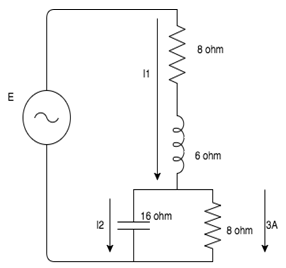
A. 2.54 A
B. 6.67 A
C. 3.35 A
D. 7.65 A
6. Find the value of the source voltage from the following circuit.

A. 49.2 V
B. 34.6 V
C. 65.2 V
D. 25.6 V
7. In an AC circuit, resistance 50 Ω, inductance 0.3 H, and capacitance 15 μF is connected to an AC voltage source 25 V, 50 Hz. Determine the phase difference between current and voltage.
A. 670
B. 540
C. 470
D. 770
8. What value of direct current must flow through a resistor to produce the same heating power as an alternating current with a peak value of 3.5 A?
A. 1.5 A
B. 2.5 A
C. 3.5 A
D. 4.5 A
9. Calculate the value of V1 and V2.
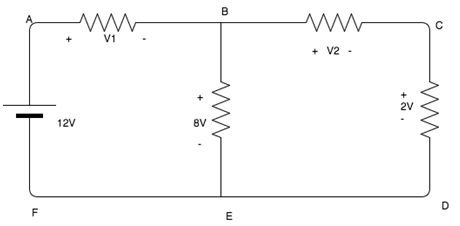
A. 4V, 6 V
B. 5V, 6 V
C. 6V, 7 V
D. 7V, 8 V
10. KVL deals with the conservation of?
A. Mass
B. Momentum
C. Charge
D. Energy
Answer: D
KVL states that the sum of the potential energy and taken with the right sign is equal to zero, hence it is the conservation of energy since energy doesn’t enter or leave the system.

